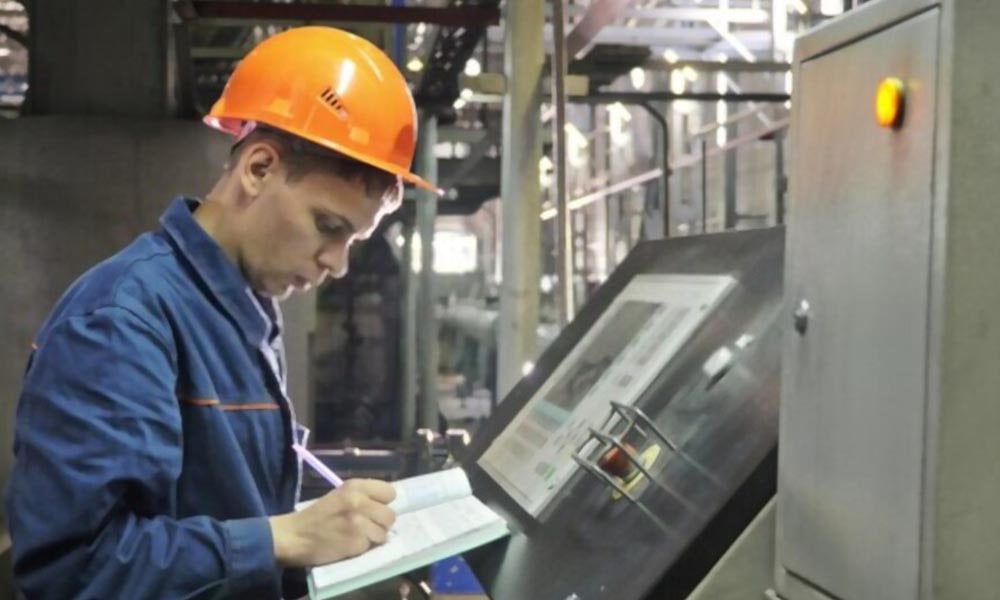How does masterbatch produce? Masterbatches produced in granule form are
mixed with the raw material in powder or granule form and transformed into the
desired end product. The polyethylene carrier masterbatches produced by us are
used in injection, blow molding, film, cable, corrugated pipe and raffia
sectors.
Masterbatches mixed with raw materials in
certain proportions and formulas while producing the end product are divided
into 3 groups as colour, additive and filling, thereby giving the product some features
such as colour, non-flammability, odour, hardness, UV resistance etc. The
performance of masterbatches used as plastic additives or plastic fillers
depends on the transformation process into the end product.
Masterbatch are distributed to the carrier by
heat treatment and extruders during the production phase. Its completely
homogeneous combination with the base polymer is very important. It contains
pigment, additives and base polymer.
Production
processes are generally based on melting, mixing and cooling. The steps to be
followed in the mixing process are very important due to the fact that the
products are small-scaled. Selection of good-quality machinery and additives
are the decisive factors.
Mixing mechanisms can be examined under two
headings: distributive and dispersive mechanisms. It is aimed to mix the
additive particles in the distributive process while dispersing them from each
other in the dispersive process. In the mixing systems, two factors are taken
as a basis: volume or weight.
Extruder systems are used for mixing in the
production process. The extruders, which are divided into two as single or twin
screw extruders, serve to provide the formulation required for the end product.
The dosing required for the formula is provided either by feeding the premix
from a single zone with a single dosing or by separate feeding in a twin screw
extruder.
